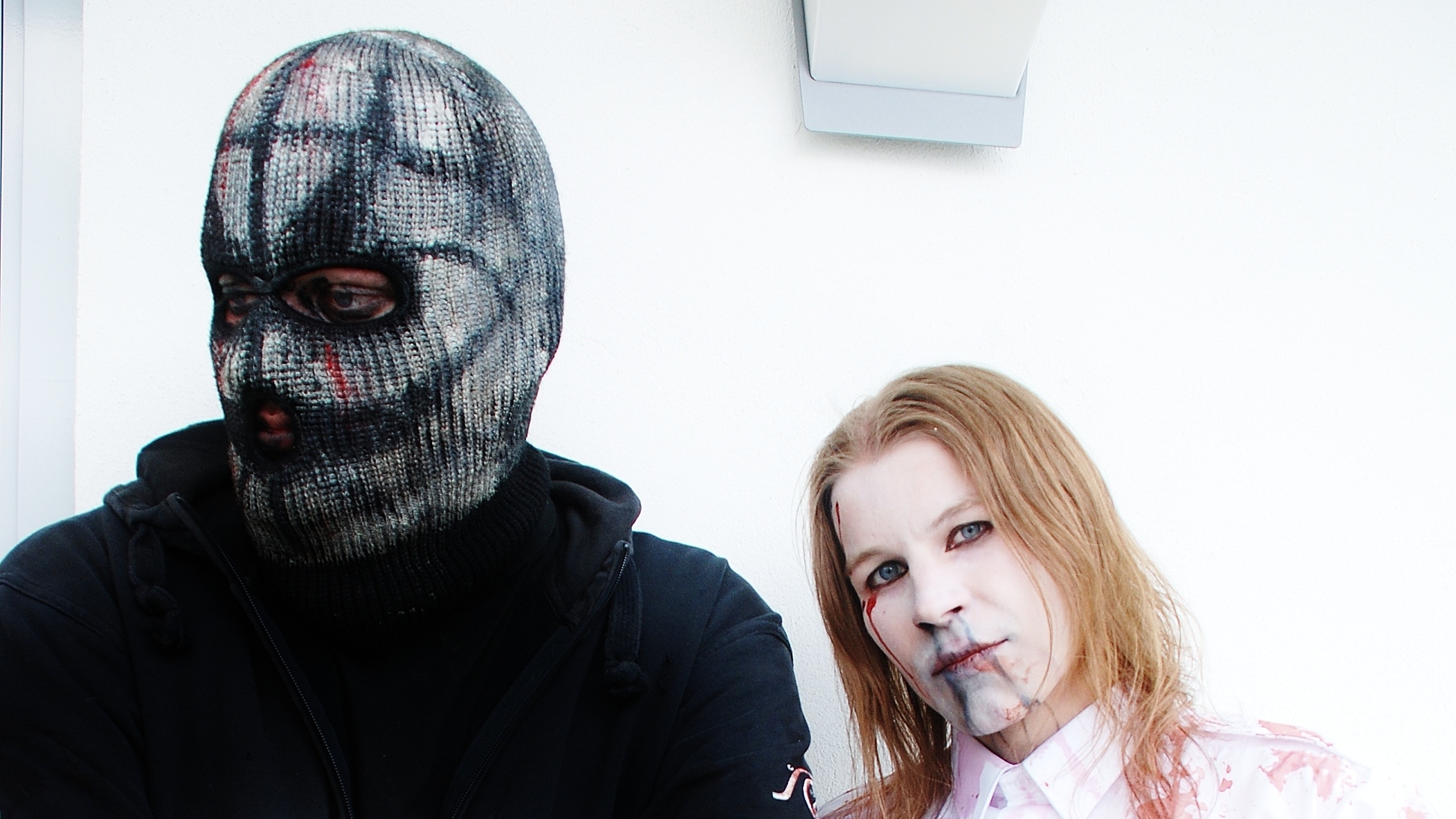You can read this post in:
![]() Português
Português

Death is a recurring theme in metal. Melancholy, depression, and the darker aspects of human existence are explored in various subgenres, including black metal. However, Depressive Suicidal Black Metal (DSBM) stands out for its intense focus on these emotionally dark themes.
Emerging in the late ’90s and early 2000s, DSBM is characterized by an intense and dark sound, addressing themes of depression, suicide, anguish, and hopelessness. Its roots lie in atmospheric black metal bands with doom influences, such as Ophthalamia, Bethlehem, Forgotten Tomb, and Shining. These bands are sometimes also classified as dark metal, a genre combining the intensity of black metal with the melancholic melodies of doom.
Identifying the first DSBM band is complex, as many “classic” black metal bands like Burzum, Dissection, Setherial, and Mayhem already dealt with similar themes without being categorized as a separate genre. However, Silencer, founded by Andreas Casado and Mikael Nilsson in Sweden, is often cited as the first DSBM project. Their demo “Death – Pierce Me” from 1998, released as an album in 2001, is a significant milestone for the style.
Musically, DSBM takes an introspective and melancholic approach, with acoustic passages, slow tempos, and ethereal atmospheres. Lyrics often address depression, self-harm, and suicidal thoughts.
Bands like Satyricon and Ophthalamia have explored slower parts with acoustic guitar, but Silencer gave a more desperate and dark tone to their music, creating a sense of hopelessness in the listener, making the compositions not only heavy but also eerie and dark.
Xasthur, formed in California by Scott Conner in 1995, is another pillar of DSBM. With a lo-fi sound and a cold, noisy atmosphere, their albums “Nocturnal Poisoning” and “The Funeral of Being” are influential for the genre’s inception. Unlike traditional European black metal, Xasthur stood out for its atmosphere of desolation and despair, a cacophonic mix of screams, distortion, and heavy music.
Lifelover, born in Sweden in 2005 by Jonas Bergqvist and Kim Carlsson, combined black metal with doom metal, post-punk, dark ambient, and gothic rock, creating a more sophisticated and rich sound. The band’s name is an irony, reflecting the cynicism and depression present in their lyrics. After Bergqvist’s accidental overdose death in 2010, the group disbanded, but their legacy remains influential in the genre.
Bands like Happy Days, My Useless Life, and Make a Change…Kill Yourself continue the tradition of DSBM pioneers, focusing on depression, self-harm, and suicidal ideation in a raw and dark sound. The genre also features female-led bands like Lifeless, Angor Animi, Entardecer, Oculi Melancholiarum, and Dreariness, showing that DSBM is not exclusive to men.
Moreover, DSBM is not a monolithic genre; many bands explore post-rock, doom metal, folk, and post-punk, reflecting the many faces of melancholy. DSBM, like life, sadness, and suicide, is multifaceted. Melancholically multifaceted.

